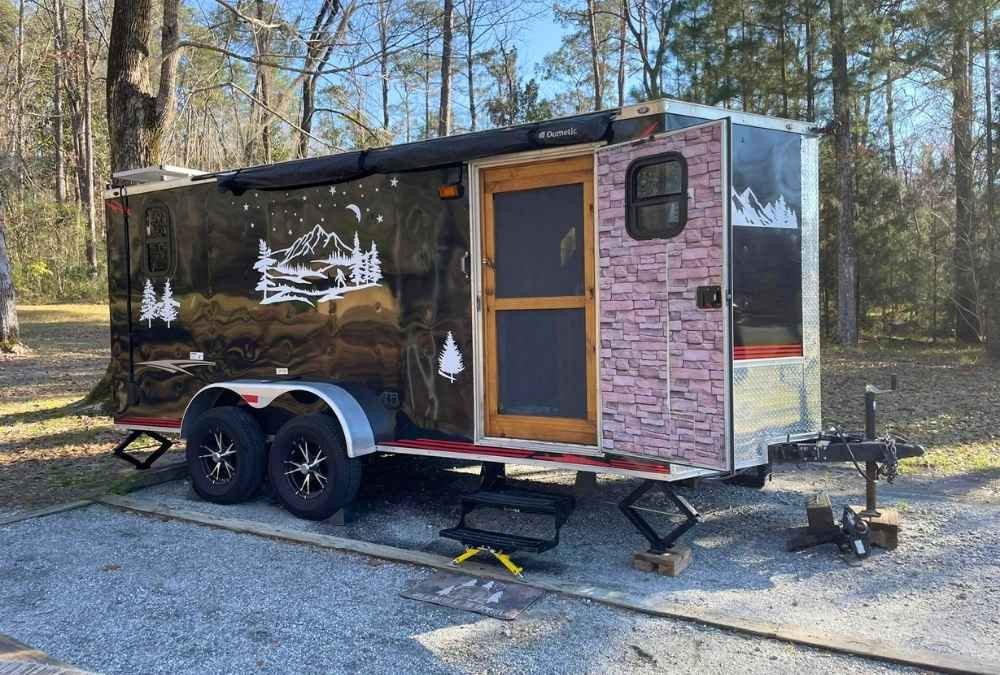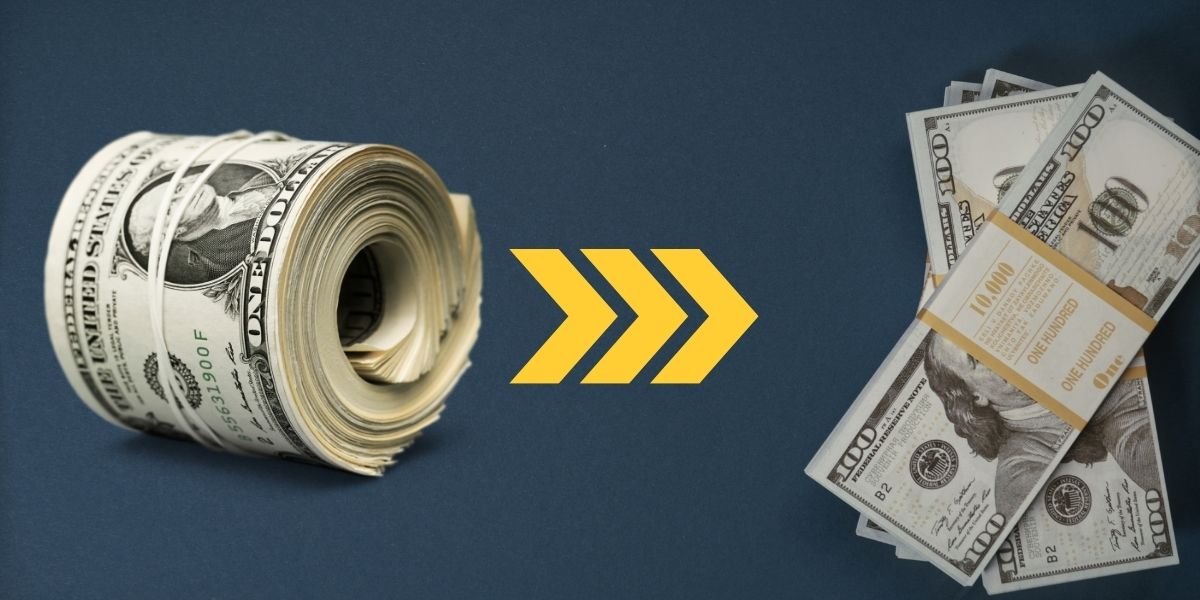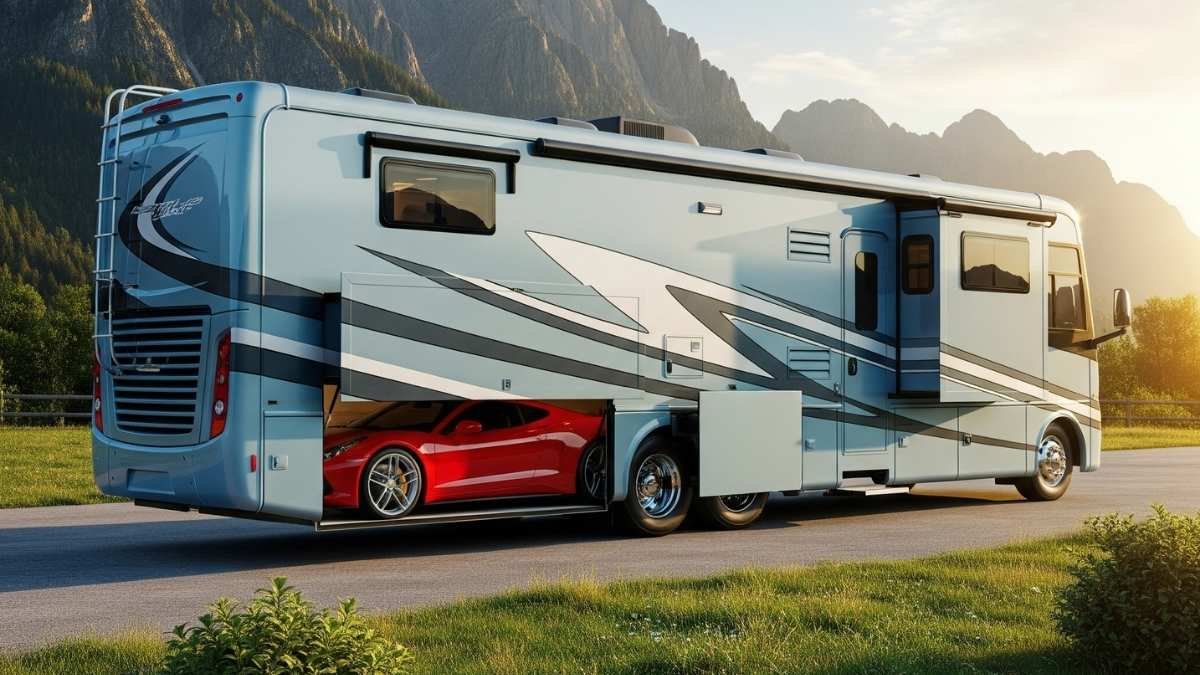
The decision to rent or buy a home is often framed as a black-and-white choice: “Build equity or throw money away.” But the reality is far more nuanced. For many, the path to homeownership feels like navigating a maze blindfolded—filled with hidden fees, market volatility, and emotional pressure. Meanwhile, renting is dismissed as “temporary,” yet it offers flexibility that ownership can’t match.
This article peels back the surface to reveal the financial minefield lurking beneath both options. If you’re stressed about uncertainty or paralyzed by “what ifs,” you’re not alone. Let’s break it down—no fluff, just clarity.
1. Cost Structure Breakdown: The Numbers You’re Not Seeing
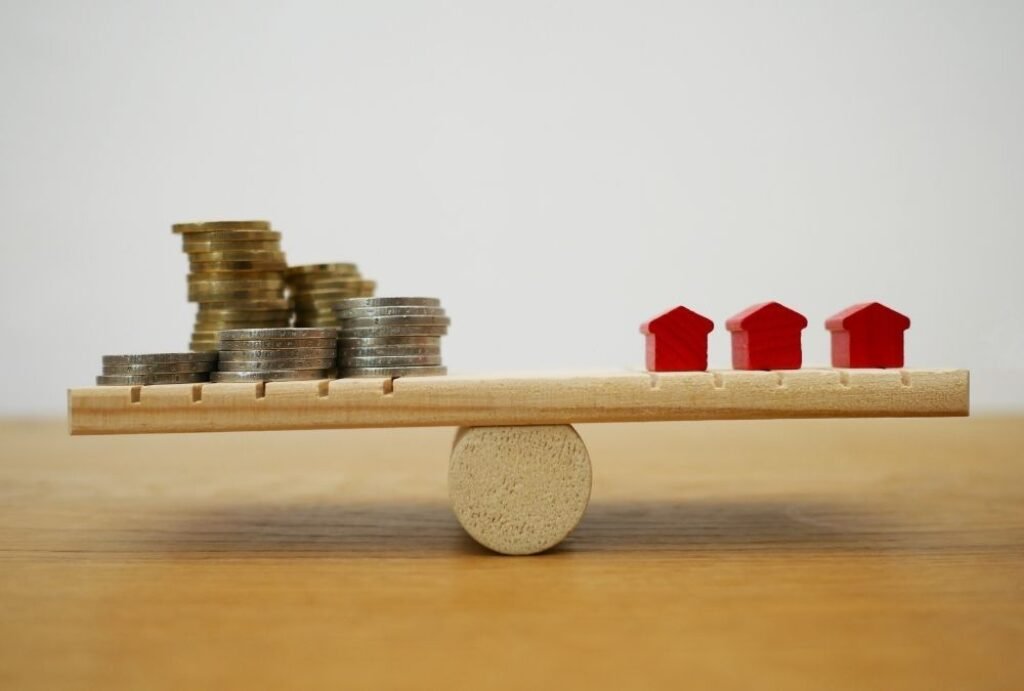
Ownership: The Upfront Burden
When you buy a home, the first hurdle is the down payment. A 20% down payment on a $300,000 home? That’s $60,000—cash you’ll need to part with upfront. Then come closing costs (2–5% of the loan), which could add another $6,000–$15,000. Let’s not forget inspections, movers, and that $500 emergency fund you’ll wish you had when the AC breaks during your first summer.
Ongoing Expenses: The Silent Drain
Your mortgage payment isn’t the only bill. Property taxes (say, 1.5% annually) mean $4,500/year for that $300k home. Homeowner’s insurance? Another $1,500. And maintenance? A rule of thumb: budget 1% of the home’s value annually ($3,000). Oh, and forget about calling the landlord when the roof leaks—you’re on the hook.
Renting: The “Low-Cost” Mirage
Renting seems cheaper at first glance. A $1,500/month apartment with a $3,000 security deposit? Easy. But annual rent hikes (3–5%) can turn that $1,500 into $1,700+ in five years. Utilities, renter’s insurance, and the lack of tax deductions? Those add up too.
Hidden Costs: The Silent Thief
A friend of mine rented a “charming” 1920s bungalow—until the landlord sold it, forcing him to move with 30 days’ notice. Renters lack control. Landlords can raise prices or sell, leaving you scrambling. Meanwhile, owners face unexpected repairs—like the $12,000 sewer line replacement my neighbor endured.
Key Takeaway: Don’t just compare rent vs. mortgage. Factor in taxes, maintenance, and liquidity. If you’re stressed about upfront costs, renting buys time to save.
2. Opportunity Cost: Where Your Money Could Be
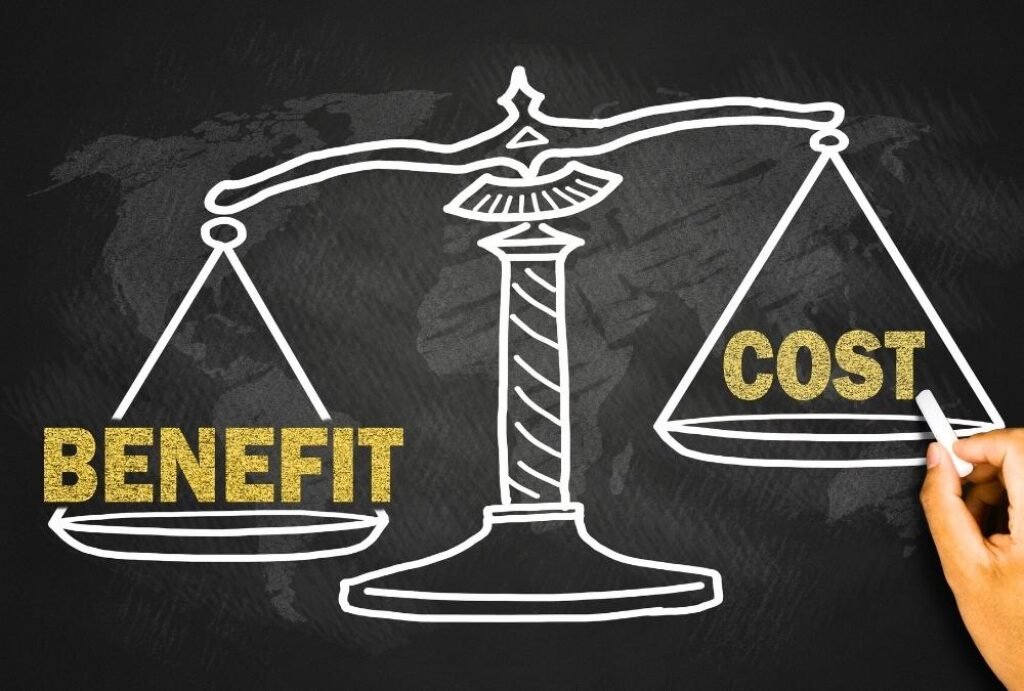
Ownership: Forced Savings or Frozen Assets?
A mortgage payment feels like forced savings—you’re “building equity.” But what if that $60,000 down payment had stayed invested? At a 7% annual return, it could grow to $100,000+ in a decade. Meanwhile, home values rise just 3–4% annually on average.
Renting: Freedom to Invest
A renter with $60,000 in savings could split it: $30k in a down payment for a cheaper condo, $30k in stocks. After five years, the condo might be worth $320k, while the stocks could hit $45k. The owner? Stuck with a $300k mortgage and limited liquidity.
I’ve always admired friends who rent and max out their 401(k)s. Homes are illiquid—you can’t sell a bedroom to cover a medical bill.
Key Takeaway: If you prioritize flexibility, renting lets you deploy capital where it’s needed. If stability is key, owning forces discipline.
3. Market Risks: The Volatility You Can’t Control

Ownership: The Double-Edged Sword
In 2008, millions of homeowners saw their equity vanish overnight. A $300k home could drop 30%—turning your $60k down payment into negative equity. Adjustable-rate mortgages (ARMs) add risk: a 3% rate could spike to 6% if the Fed hikes rates, raising your monthly payment by $300+.
Rental Perils: Inflation’s Bite
Renters aren’t immune. In 2021, national rents surged 15%—a $1,500/month apartment became $1,725. A colleague in Austin saw his rent jump $400/year for three years. No equity? No buffer.
A friend bought in 2006, then watched her Florida condo’s value plummet 50%. She rented it out at a loss for a decade. Renters? They moved when prices spiked.
Key Takeaway: If uncertainty stresses you, avoid ARMs or high-debt ratios. Renters should negotiate multi-year leases to lock in rates.
4. Long-Term Implications: Equity vs. Flexibility

Ownership: The “30-Year Gamble”
Most home equity builds in the final decade of a mortgage. For the first 15 years, 80% of payments go to interest. By year 25? 80% to principal. But what if you sell early? After agent fees (5–6%), closing costs, and taxes, you might break even—or lose money.
Taxes: A Double-Edged Sword
Mortgage interest deductions sound great, but they’re capped at $750k. For many, the standard deduction ($25,900 for couples in 2023) is higher. Renters? No tax perks, but lower pre-tax costs.
Renter’s Edge: Career & Life Flexibility
A friend in tech moved from San Francisco to Austin for a job—impossible if he’d owned. Renting let him seize opportunities without selling a home.
Key Takeaway: If you plan to stay 7+ years, owning often pays off. Short-term? Renting avoids sunk costs.
6. Lifestyle & Personal Factors: Beyond the Numbers

Ownership Strengths: Roots, Renovations, and Rituals
Owning a home isn’t just about spreadsheets—it’s about planting roots. For families, stability matters. A friend of mine bought a house in a quiet suburb because her kids could walk to school, and she could finally paint the walls without permission.
Customization is another perk: she turned the attic into a playroom and the backyard into a garden. The pride of homeownership is real—walking through your front door feels different.
Renting Strengths: Freedom to Roam
Renting isn’t “throwing money away”—it’s paying for flexibility. A colleague in tech moved from Seattle to Austin for a job offer. If he’d owned, he’d be stuck with a mortgage and a 3,000-mile commute.
Renters also dodge maintenance headaches. When his oven died, he texted the landlord and went to brunch. In high-cost markets like San Francisco, renting a $2,500 studio is often cheaper than a $1 million condo’s mortgage.
Example: The 30-Something Dilemma
A friend in her early 30s moved every 2–3 years for career opportunities. When she considered buying, she crunched the numbers:
- Buying: $50k down payment + $20k in closing costs + $15k in lost appreciation (selling after 3 years).
- Renting: $3k deposit + $1,800/month rent.
She saved $60k by renting. For frequent movers, liquidity trumps equity.
Key Takeaway: If your life feels like a choose-your-own-adventure book, rent. If stability is your anchor, owning offers peace of mind.
7. The “Break-Even” Horizon: When Does Owning Pay Off?
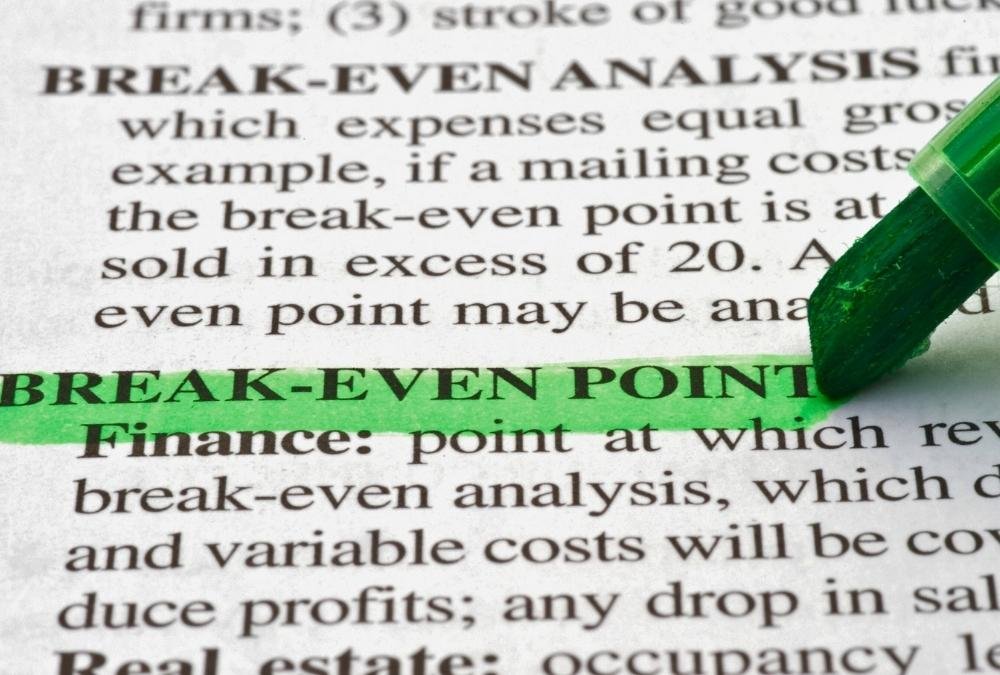
The Formula Simplified
The break-even horizon is the time it takes for owning to outperform renting. Here’s the math:
- Total Costs of Ownership: Down payment, closing costs, maintenance, taxes, and interest.
- Total Renting Costs: Rent + renter’s insurance + utilities.
- Appreciation + Tax Savings: Home value growth (3% annually) + mortgage interest deductions.
Case Study: The 6-Year Turnaround
In a moderate market:
- Buying: $300k home with 20% down ($60k), 3.5% interest, $4,500/year in taxes.
- Renting: $1,500/month apartment.
After 6 years: - Owning: $110k equity (appreciation) – $80k in costs = $30k net gain.
- Renting: $108k spent on rent – $0 equity.
Break-even happens at ~6–8 years, depending on appreciation and market fees.
Real-World Caveats
A 2008-style crash could delay break-even by decades. In booming markets like Austin, break-even might be 3 years; in stagnant markets like Detroit, it could be 15.
Key Takeaway: If you plan to stay <5 years, renting avoids sunk costs. If you’re in it for the long haul, owning builds wealth—slowly.
8. Emotional & Psychological Biases: The Myths We Tell Ourselves

Ownership Bias: The “American Dream” Trap
Owning a home is often equated with success. My cousin felt pressured to buy a McMansion because “that’s what adults do.” But when rates spiked, her payments doubled, and she faced burnout. The cultural narrative ignores risks: 30% of buyers regret their purchase within a year.
Renting Stigma: “Wasting Money” Myth
Renters hear, “You’re just lining your landlord’s pockets.” But what about the $500/month maintenance fund owners pay? Or the $20k in closing costs? A friend who rented for a decade saved $150k by avoiding a 2008 crash. Renting isn’t wasting—it’s delaying commitment.
Counterpoint: Flexibility as Financial Therapy
For some, liquidity reduces anxiety. A freelancer I know rents because he can’t predict his income. If a client dries up, he can downgrade apartments, not default on a mortgage.
Key Takeaway: Owning feels like “adulting,” but renting is a tool, not a failure. Choose based on logic, not societal pressure.
9. Actionable Guidance: Your Step-by-Step Playbook
Step 1: Assess Your Mobility
- Stay <5 years? Rent. Closing costs and lost appreciation eat profits.
- Stay >7 years? Buy. Equity builds faster after the 10-year mark.
Step 2: Run the Numbers
Use a rent-vs.-buy calculator (e.g., NYTimes, Zillow). Plug in:
- Home price, down payment, interest rate.
- Rent, rent hikes, and local appreciation rates.
Step 3: Check Your Financial Health
- Down Payment: Aim for 20% to avoid PMI.
- Emergency Fund: 6 months’ expenses.
- Debt-to-Income Ratio: <43% to qualify for most mortgages.
Step 4: Get Professional Help
A financial advisor can model scenarios. For example, they might show how renting and investing $500/month could outperform owning in a slow market.
Red Flags: When to Walk Away
- No 20% Down: PMI adds $200+/month.
- Job Uncertainty: Layoffs or gig work? Rent.
- Prioritize Flexibility: If you crave options, owning locks you in.
Key Takeaway: Treat this decision like a chess game—think three moves ahead. Don’t let emotions override math.
Final Thoughts
Renting vs. buying isn’t a morality play—it’s a financial strategy. If you’re stressed, focus on what you control: your timeline, savings, and priorities. The “right” choice is the one that lets you sleep at night.




